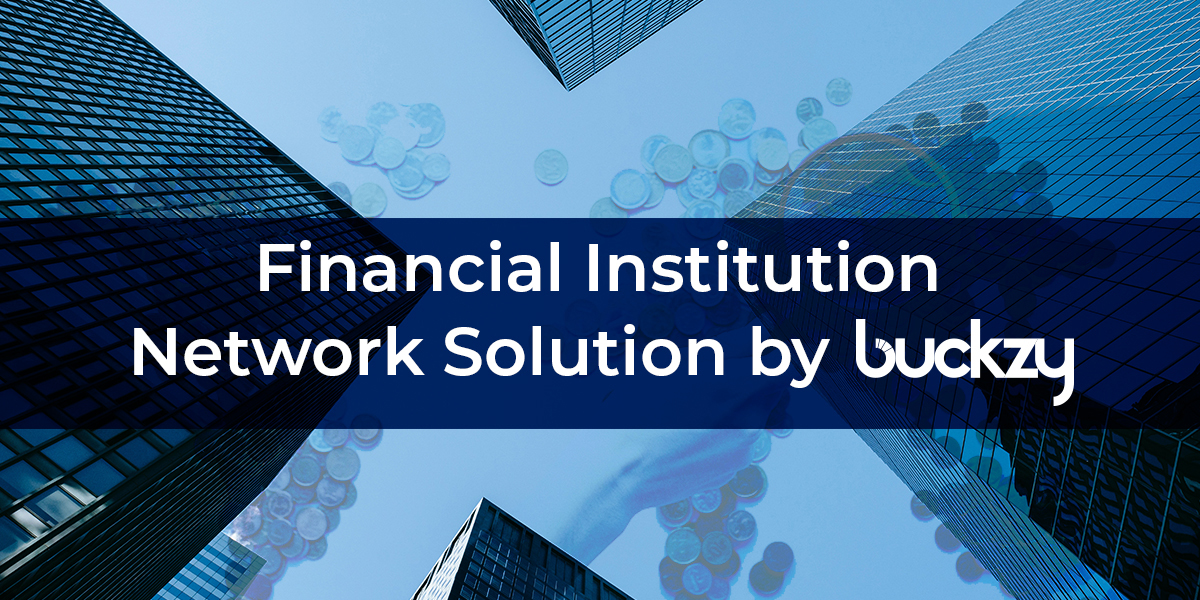As technology continues to rapidly shift the way individuals and corporations handle their financial transactions, the cross border payments challenge has been a difficult one to solve for banks and other financial institutions because systems have remained archaic closing them off from keeping pace with modern technology.
Globalization has provided an incredible and lucrative opportunity for advancement within this segment. Year 2017 saw the largest growth in the sector with $1.9 trillion in revenues, an increase of 11% from 2016. Measured projections have that number skyrocketing, with the industry expected to hit $2.9 trillion globally by 2022.
The need for a double-ended solution
Cross border payments require a double-ended solution; if the required technology is not yet functional in the recipient country, the status quo of legacy systems remains the only option. This is costly not only to the sender and recipient, but to the global economy as a whole. This lag slows the entire pace of international commerce, causing ripple effects throughout the whole process impacting both businesses and the end consumer.
Customer expectations are also shifting rapidly. Individuals and corporations alike have grown accustomed to the ease and convenience of holding an entire banking ecosystem in their hands, enabling them to complete myriad financial transactions with the push of a button. As such, they have every right to demand the same functionality for international remittances.
Digital real-time solutions are imperative.
Improved cross border payment capabilities have the potential to help businesses grow by expanding their scale while decreasing costs associated with transaction fees and exchange rates. But this cannot come to fruition when, in some cases, it takes less time for goods to ship internationally than it does for them to be paid for.
And yet financial institutions have lagged in solving this piece of the payments puzzle, due in large part to the overwhelming minutiae required to enable recipient countries one by one. With each new nation comes different currencies and regulatory landscapes that must be navigated, making the process impractical and tedious.
If banks are unable to implement viable and economical solutions, they risk being eclipsed by financial technology companies working to do the same. A few fintech’s are already well established in the payments space, with large tech firms like Google and Apple moving into the industry simultaneously. As these and other tech behemoths continue to blur the lines between traditional and modern payment solutions, banks are falling behind.
Fortunately, it doesn’t have to be an either/or proposition; as financial institutions struggle with this conundrum, fintechs, such as Buckzy Payments Inc, are offering them integrated solutions that they can adapt for themselves, to better service their individual and corporate customers.
With shifting demographics and ever-increasing demand for instant payments, now is the time for financial institutions and fintech’s to partner in a model where both parties leverage their strengths to bring solutions to market quicker and more efficiently than either could have ever achieved alone.
Buckzy Payments Attending Money 2020 in Asia.
Money20/20 Asia unites APAC’s payments, FinTech and financial services community to build a simpler, faster and fairer future of money.
With leaders from Asia’s giants, to the rising superstars, challengers and trailblazing startups attending; experience, be inspired and join this global platform driving change and disruption across the marketplace.
On 19-21 March 2019 in Singapore, we will be opening the doors for the entire payments, FinTech and financial services ecosystem for 3 packed days of building new business opportunities, discovering new industry players and learning the latest disruptions.With over 3500 attendees from more than 1400 companies and 70 countries, representing every sector of the payments, FinTech and financial services ecosystem, Money20/20 brings together a complete who’s who of the community building the future of money. We are looking forward to attending this event and hope to see you there.

